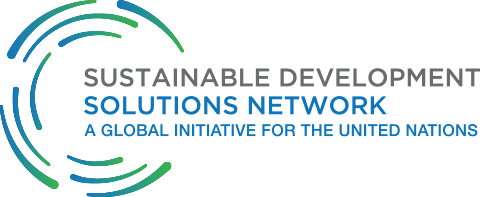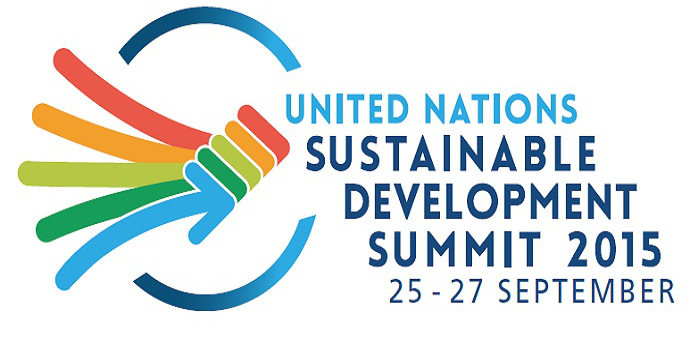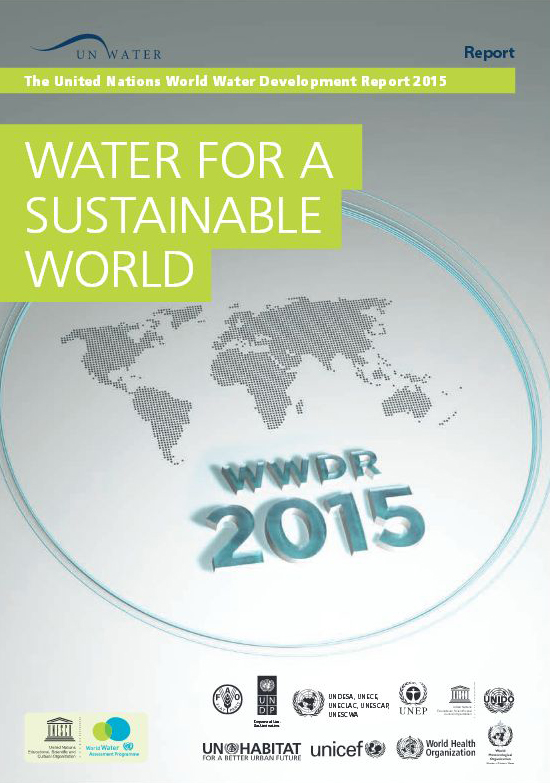
In this Sept. 25, 2009 photo, opposition candidate from the Aruban People's Party, Mike Eman, center left, and his wife Doina ride atop a jeep upon their arrival to a polling station in Oranjestad, Aruba. Prime Minister Eman and several legislators launched a hunger strike Friday, July 11, 2014, to protest what they say is meddling by the Dutch government in local financial affairs.(Photo: Pedro Famous Diaz AP)
usatoday.com - AP - July 12, 2014
ORANJESTAD, Aruba (AP) — Aruba's prime minister and several legislators have launched a hunger strike to protest what they say is meddling by the Dutch government in local financial affairs. . .
. . . The hunger strike comes after the Dutch government asked Aruba's governor to hold off on signing the 2014 budget into law pending an evaluation of it. The Dutch Caribbean island, which approved the budget two weeks ago, is facing a major deficit and its national debt represents 75 percent of its GDP.
(READ COMPLETE ARTICLE)











Recent Comments